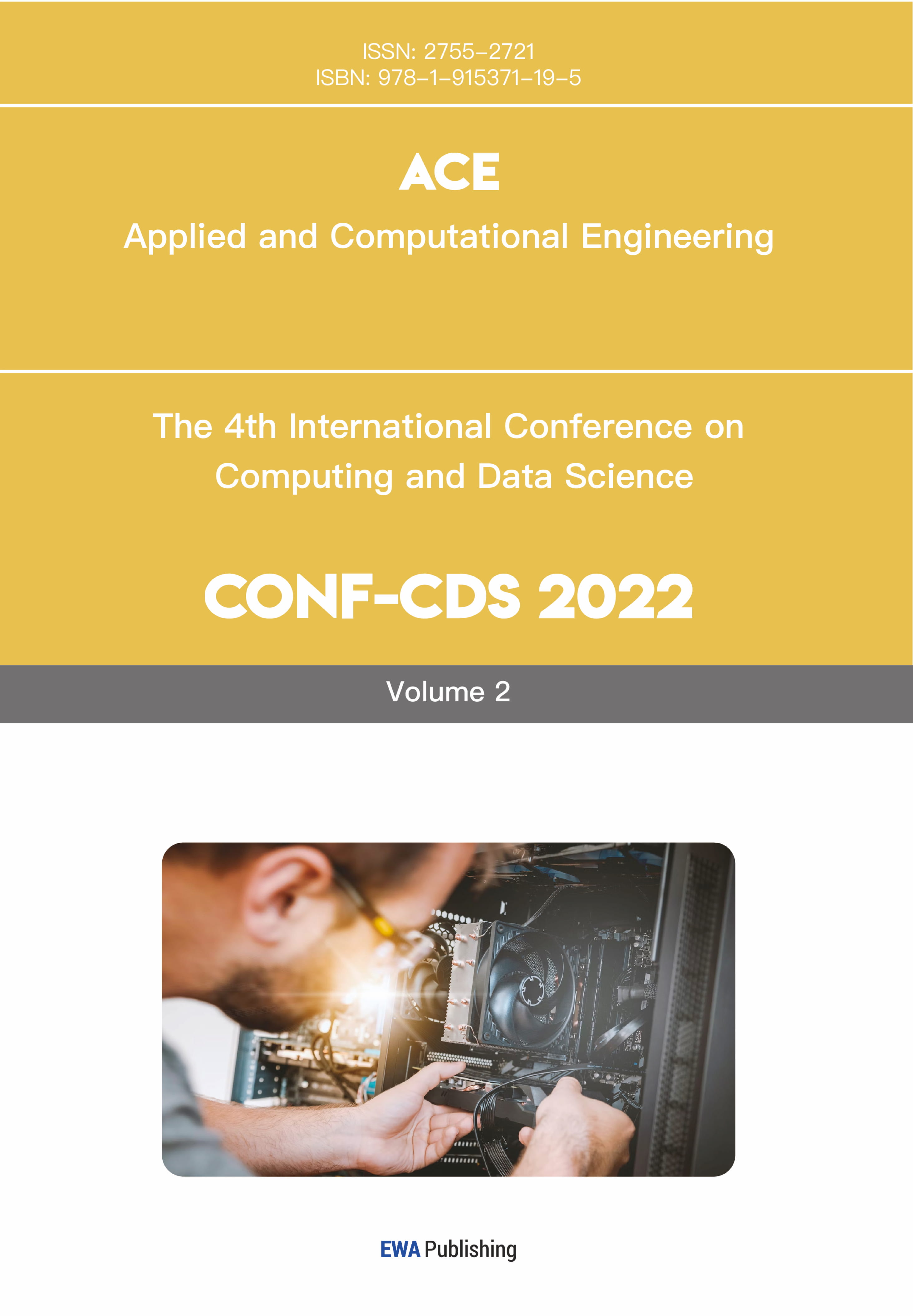References
[1]. McMahan, H. B., Moore, E., Ramage, D., Hampson, S., & y Arcas, B. A. (2017). Communication-efficient learning of deep networks from decentralized data. Artificial Intelligence and Statistics, 1273-1282. https: //proceedings.mlr.press/v54/ mcmahan17a.html
[2]. Li, T., Sahu, A. K., Talwalkar, A., & Smith, V. (2020). Federated Learning: Challenges, Methods, and Future Directions. IEEE Signal Processing Magazine, 37(3), 50–60. https: //doi.org/10.1109/msp.2020.2975749
[3]. Chai, D., Wang, L., Yang, L., Zhang, J., Chen, K., & Yang, Q. (2023). A survey for federated learning evaluations: Goals and measures. arXiv preprint arXiv: 2308.11841. https: //arxiv.org/abs/2308.11841
[4]. Baumgart, G. A., Shin, J., Payani, A., Lee, M., & Rao, K. R. (2024). Not All Federated Learning Algorithms Are Created Equal: A Performance Evaluation Study. ArXiv.org. https: //arxiv.org/abs/2403.17287
[5]. Caldas, S., Duddu, S. M. K., Wu, P., Li, T., Konečný, J., McMahan, H. B., Smith, V., & Talwalkar, A. (2019). LEAF: A Benchmark for Federated Settings. ArXiv: 1812.01097 [Cs, Stat]. https: //arxiv.org/abs/1812.01097
[6]. Li, T., Sahu, A. K., Zaheer, M., Sanjabi, M., Talwalkar, A., & Smith, V. (2020). Federated Optimization in Heterogeneous Networks. ArXiv: 1812.06127 [Cs, Stat]. https: //arxiv.org/abs/1812.06127
[7]. Acar, D. A. E., Zhao, Y., Navarro, R. M., Mattina, M., Whatmough, P. N., & Saligrama, V. (2021). Federated Learning Based on Dynamic Regularization. ArXiv: 2111.04263 [Cs]. https: //arxiv.org/abs/2111.04263
[8]. Wei, K., Li, J., Ding, M., Ma, C., Yang, H. H., Farokhi, F., ... & Poor, H. V. (2020). Federated learning with differential privacy: Algorithms and performance analysis. IEEE Transactions on Information Forensics and Security, 15, 3454–3469. https: //ieeexplore.ieee.org/document/9069945
[9]. So, J., Guler, B., & Salman, A. A. (2020). Turbo-Aggregate: Breaking the Quadratic Aggregation Barrier in Secure Federated Learning. ArXiv.org. https: //arxiv.org/abs/2002.04156
[10]. Hardy, S., Henecka, W., Ivey-Law, H., Nock, R., Patrini, G., Smith, G., & Thorne, B. (2017). Private federated learning on vertically partitioned data via entity resolution and additively homomorphic encryption. ArXiv: 1711.10677 [Cs]. https: //arxiv.org/abs/1711.10677
[11]. Li, X., Gu, Y., Dvornek, N., Staib, L. H., Ventola, P., & Duncan, J. S. (2020). Multi-site fMRI analysis using privacy-preserving federated learning and domain adaptation: ABIDE results. Medical Image Analysis, 65, 101765. https: //doi.org/10.1016/j.media.2020.101765
[12]. Monika Dhananjay Rokade. (2024). Advancements in Privacy-Preserving Techniques for Federated Learning: A Machine Learning Perspective. Journal of Electrical Systems, 20(2s), 1075-1088. https: //doi.org/10.52783/jes.1754
[13]. Wu, C., Wu, F., Lyu, L., Huang, Y., & Xie, X. (2022). Communication-efficient federated learning via knowledge distillation. Nature Communications, 13(1). https: //doi.org/10.1038/s41467-022-29763-x
[14]. Karimir; eddy, S. P., Kale, S., Mohri, M., Reddi, S. J., Stich, S. U., & Suresh, A. T. (2020). SCAFFOLD: Stochastic controlled averaging for federated learning. Proceedings of the 37th International Conference on Machine Learning, 5132–5143. https: //proceedings.mlr.press/v119/karimireddy20a.html
[15]. Zhang, D., Xiao, M., & Skoglund, M. (2023). Over-the-Air Computation Empowered Federated Learning: A Joint Uplink-Downlink Design. ArXiv.org. https: //arxiv.org/abs/2311.04059
[16]. Nishio, T., & Yonetani, R. (2019). Client selection for federated learning with heterogeneous resources in mobile edge. Proceedings of the IEEE International Conference on Communications, 1-7. https: //ieeexplore.ieee.org/document/8761315
[17]. Wu, C., Wu, F., Lyu, L., Huang, Y., & Xie, X. (2022). Communication-efficient federated learning via knowledge distillation. Nature Communications, 13(1). https: //doi.org/10.1038/s41467-022-29763-x



